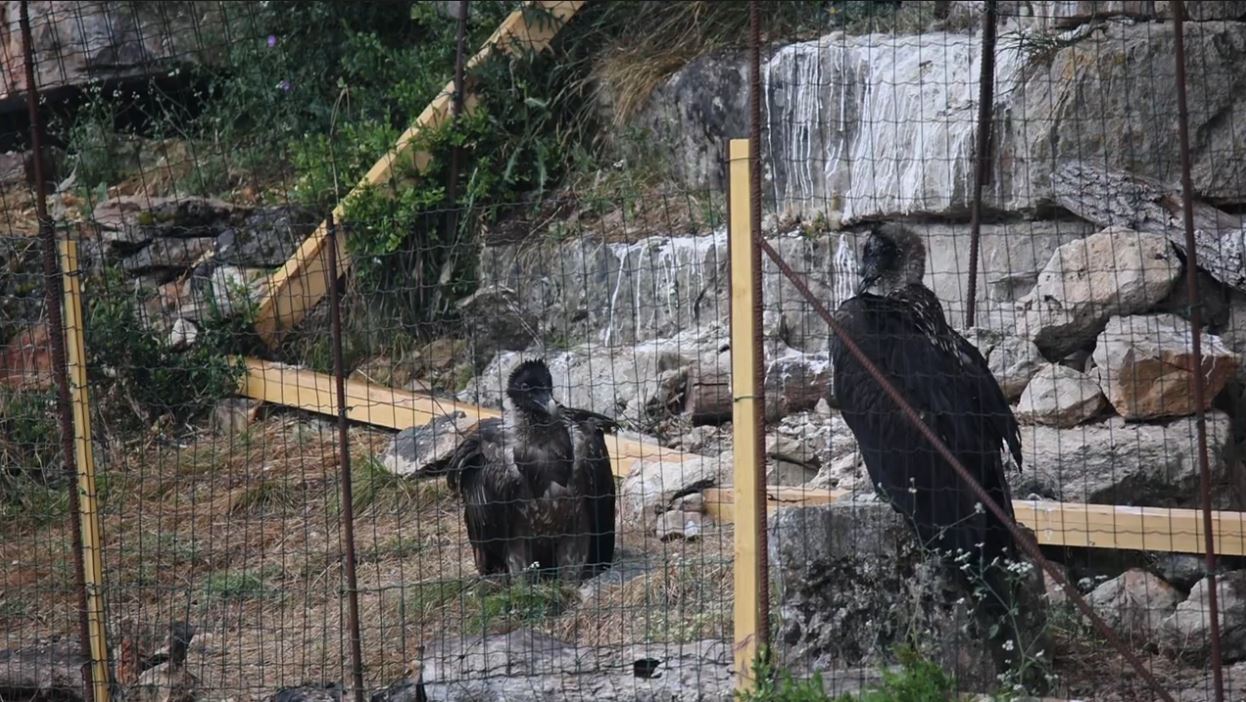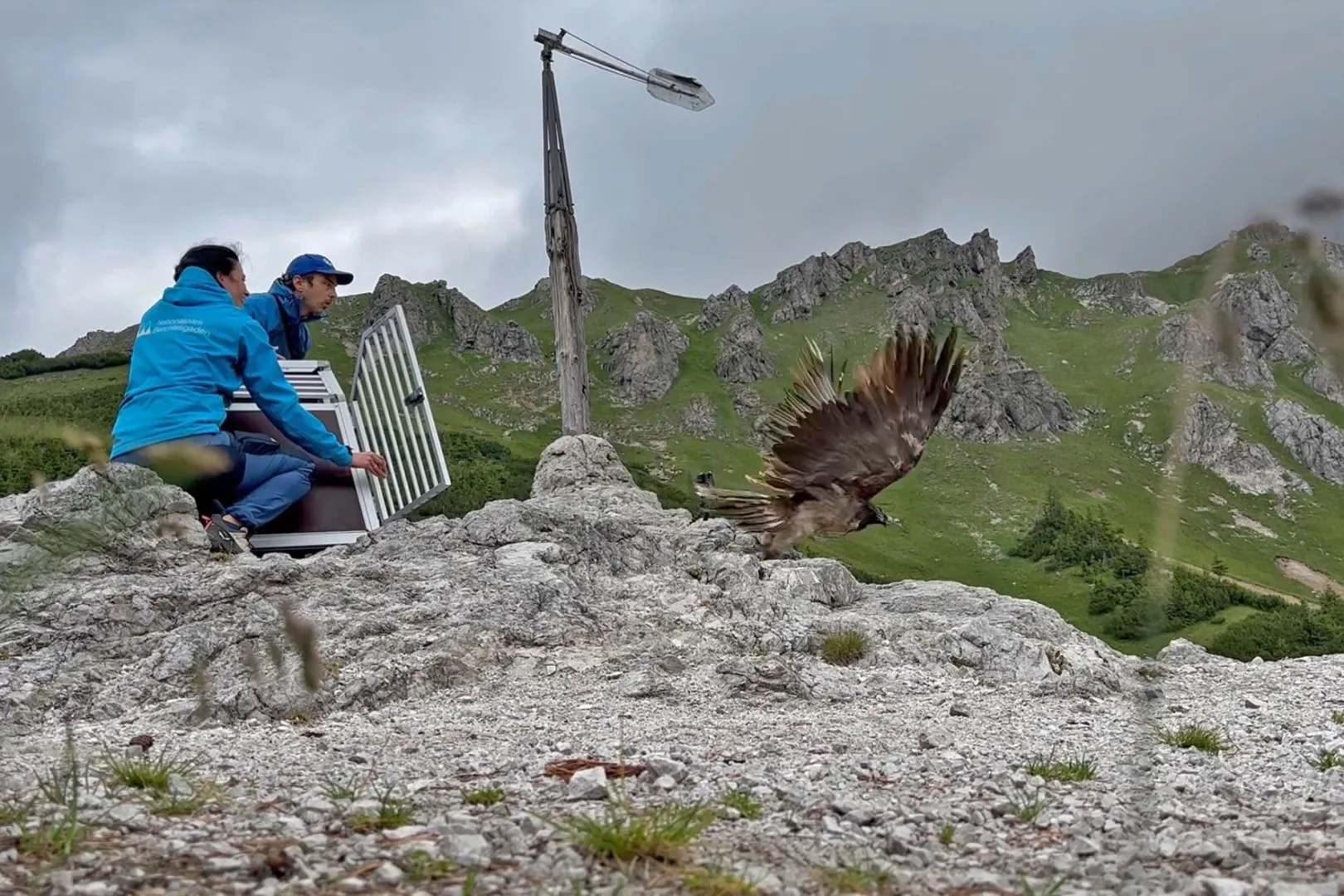The annual report on the results of all the monitoring and research done by the network Casseur d´Os on bearded vultures in the French Pyrenees has recently been published. by the LPO (Ligue pour la Protection des Oiseaux).
Last year there were 39 pairs of bearded vultures in the French side of the Pyrenees (including two trios), of which 30 laid eggs. 19 young hatched, and 12 or 13 fledged. This results in a productivity of 0,32, and a breeding success of 0,41. Only 30% of the pairs managed to breed successfully. Three new pairs were established, but the westernmost pair in the French Basque country disappeared, and there was no successful reproduction in the westernmost part of the French Pyrenees.
The evolution of the population in the French Pyrenees is still rather positive, from 17 pairs in 1994 to the 39 currently counted. On the Spanish side there are 135+ pairs.
The volunteers that include the network Casseur d´Os also found one bearded vulture shot, and suspect that one of the young bearded vultures was robbed from the nest. In total, the volunteers submitted over 1000 data forms, resulting from a staggering 2000 days spent monitoring the population. The volunteers have identified activities that have potentially caused serious disturbance of the breeding pairs in at least 17 territories, including helicopter overflights (military, gendarmerie, and civilian), hunting parties in the proximity of the nest, activities of alpinism, climbing, glider, or wingsuit.
The productivity and the laying rate was highest in Languedoc-Roussillon (Eastern Pyrenees), suggesting the best qualities are there (in terms of climate, and food resources). The number of fledged young has been slowly increasing overall, but the breeding failures have also been increasing, so productivity and breeding success have been slightly decreasing since 2007, after increasing between 1996 and 2006- this probably reflects the decrease in the population of chamois, and also the occupation of territories of lesser quality.
More than 3000 kg of bones and other food resources have been put in 11 small feeding places, 10 of which are in the east of the Pyrenees, established with the objective to attract bearded vultures towards the Massif central, to promote the establishment of links with the reintroduced group there, and therefore an effective connection between the Pyrenees and the Alps, one of the major objectives of the bearded vulture restoration strategy in Europe, coordinated by the VCF.
There were at least 1987 contacts with bearded vultures in these small feeding stations. Encouragingly, observations in the eastern part of the department of Aude, in an area that links the Pyrenees with the Massif Central, have been increasing – auguring well for establishing the link between the natural populations in the Pyrenees and the reintroduced one in the Grands Causses



